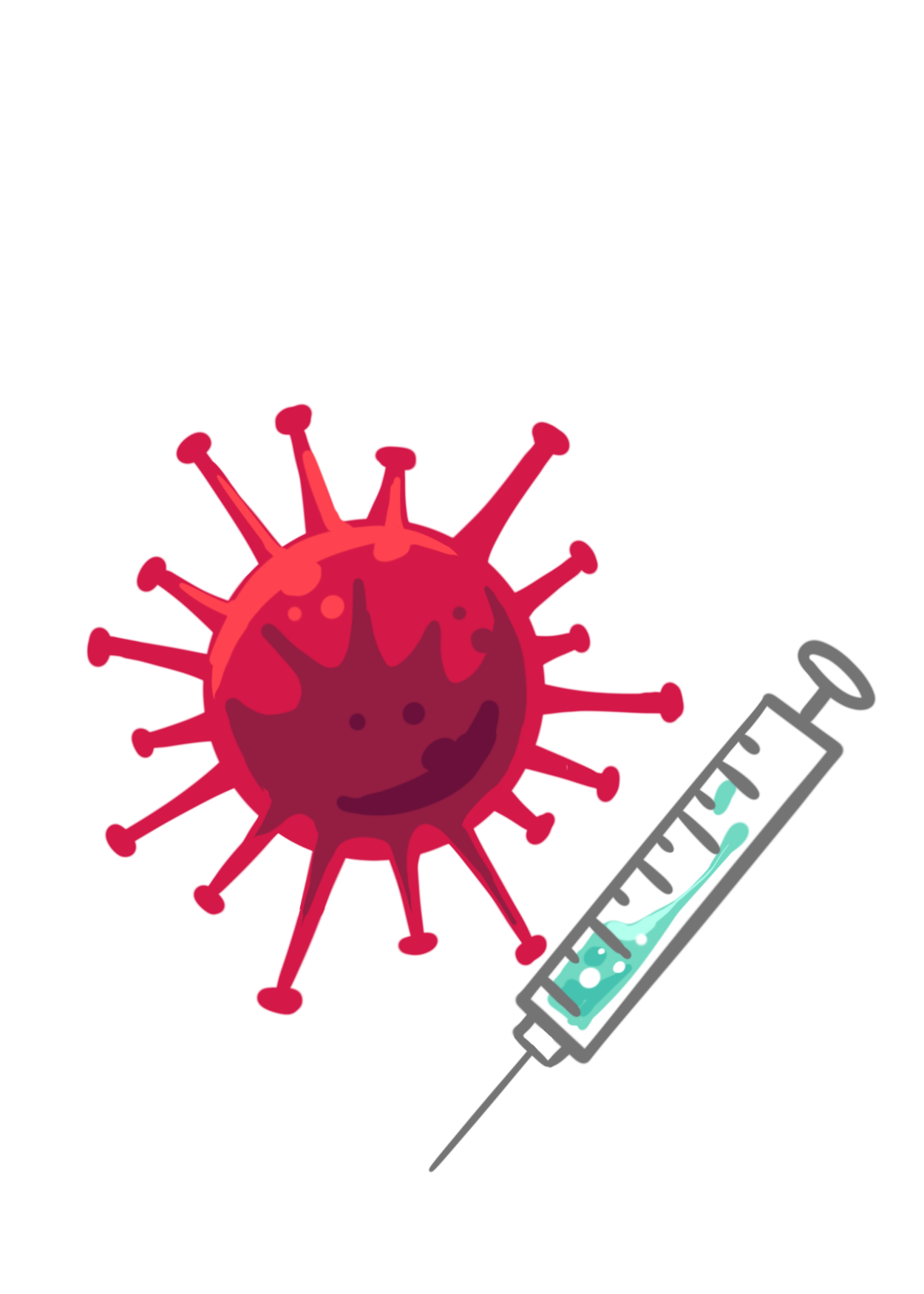Yale experts weigh in on differences between COVID-19 and Monkeypox
While headlines pertaining to the monkeypox outbreak may seem reminiscent of the early days of the COVID-19 pandemic, researchers identify key differences that make for diverse outlooks for these two viral infections.

Ariane de Gennaro
While both COVID-19 and monkeypox have dominated public health headlines, Yale experts emphasized that the two infections have substantially different origins, spreads and symptoms.
While both diseases are currently spreading in the United States, Saad Omer, director of the Yale Institute for Global Health and a professor at the School of Public Health, believes that it is unlikely that the monkeypox outbreak will play out as the COVID-19 pandemic has. However, he said it is still important for public health professionals to learn more about containing the spread of the disease.
“The more the focus of public health professionals is on monkeypox, the less the general public will have to worry about it on a day-to-day basis,” said Omer. “There are high-risk groups for monkeypox, but COVID-19, on the other hand, has a wider impact. There’s a difference in concern between the two by a few orders of magnitude. That doesn’t mean that we should not be concerned about monkeypox, but this concern should be measured and focused towards taking precautions and reducing the risk of contracting the disease.”
The primary similarity between COVID-19 and monkeypox is that they are both zoonotic infections, meaning that they spilled over into human populations from animals. COVID-19 is believed to have originated in bats, although this origin is still debated. Monkeypox was first discovered in monkeys in the Democratic Republic of the Congo, but rodents are believed to be the main reservoir for the virus.
But most of the similarities between the two infections seem to stop there. COVID-19 is a respiratory illness, meaning it spreads through tiny airborne droplets from breathing, speaking, coughing and sneezing, making it extremely contagious and difficult to control spread.
While monkeypox can also be spread through respiratory droplets, the vast majority of spread is through close and prolonged physical contact with contaminated materials or with infected individuals. Recent research has indicated that sexual transmission has been a major driver in the current outbreak. Due to these different routes of transmission, the overall potential for monkeypox infection being as widespread as COVID-19 is quite low.
In addition, the symptoms of monkeypox infection are much more distinct than those of COVID-19. COVID-19 symptoms typically vary from individual to individual and oftentimes are confused with cold, flu or allergy symptoms. Monkeypox infection, on the other hand, is characterized by a painful and itchy rash that develops on the face, extremities and genitals. This distinct symptom profile makes it much easier to identify infected individuals to help curb the spread.
“The monkeypox virus is a really different bug than SARS-CoV-2,” Melanie Chitwood, a doctoral student at the School of Public Health and a member of the Yale Public Health Modeling Unit, wrote in an email to the News. “It’s not nearly as contagious and, to our knowledge, it isn’t transmitted asymptomatically… Altogether, this gives us a lot of hope that monkeypox can be contained.”
Chitwood added that the public health community already has a highly effective vaccine for monkeypox and that the infection is thought to confer lifelong immunity.
Furthermore, while COVID-19 was first discovered in late 2019, monkeypox was first discovered in 1958. According to Omer, this has a major impact on the outlook for the two infections.
“You have a new virus that jumped from animal species to humans,” Omer said. “So we didn’t know the disease as well as monkeypox. With monkeypox, we have collectively some experience from its previous spread, mainly in Africa.”
Current data also suggests that monkeypox is much less fatal than COVID-19. According to the Centers for Disease Control, there have been 31,799 confirmed monkeypox cases globally with 12 deaths from Jan. 1 to Aug. 15. On the other hand, there have been 296,643,720 confirmed COVID-19 cases globally with 965,282 deaths from Jan. 3 to Aug. 15, according to data from the World Health Organization.
While most signs suggest that the monkeypox outbreak will not be similar to the COVID-19 pandemic, Gregg Gonsalves, associate professor of epidemiology at the Yale School of Public Health, still emphasized the importance of understanding the current scope of monkeypox spread.
“We first need a better handle on the extent of local transmission, if it’s happening,” Gonslaves said at a Monkeypox Update panel discussion hosted by the Yale Institute for Global Health. “In our communities, it really feels like we’re getting the tip of the iceberg here. I’m not saying that it’s a COVID situation, where [we’re going to] have hundreds of thousands of people infected in just a short amount of time, but it’s likely a lot more than what we know.”
Omer encourages individuals to take proper precautions against the spread of monkeypox on campus, which includes being mindful of activities that put someone at high-risk for monkeypox, monitoring for symptoms and getting the vaccine when eligible.







